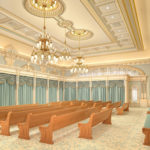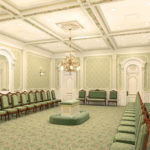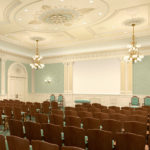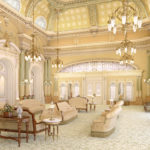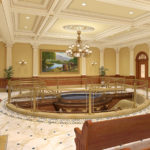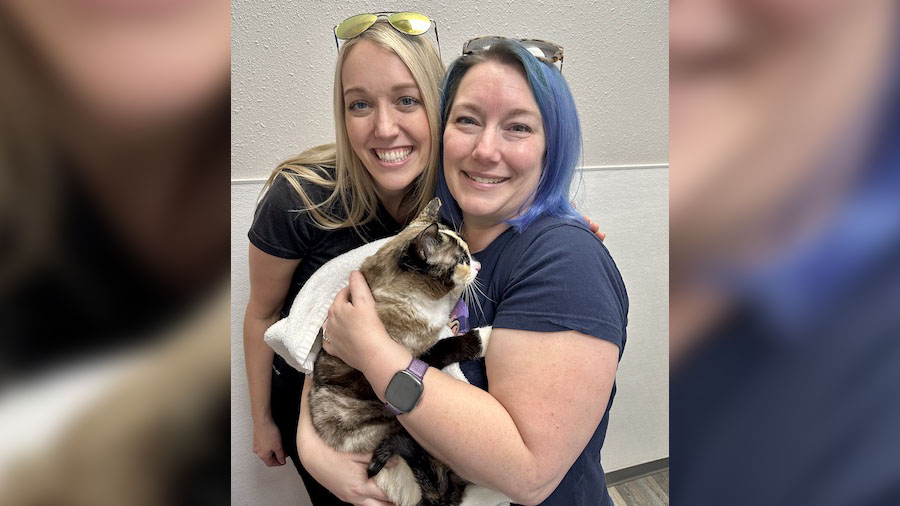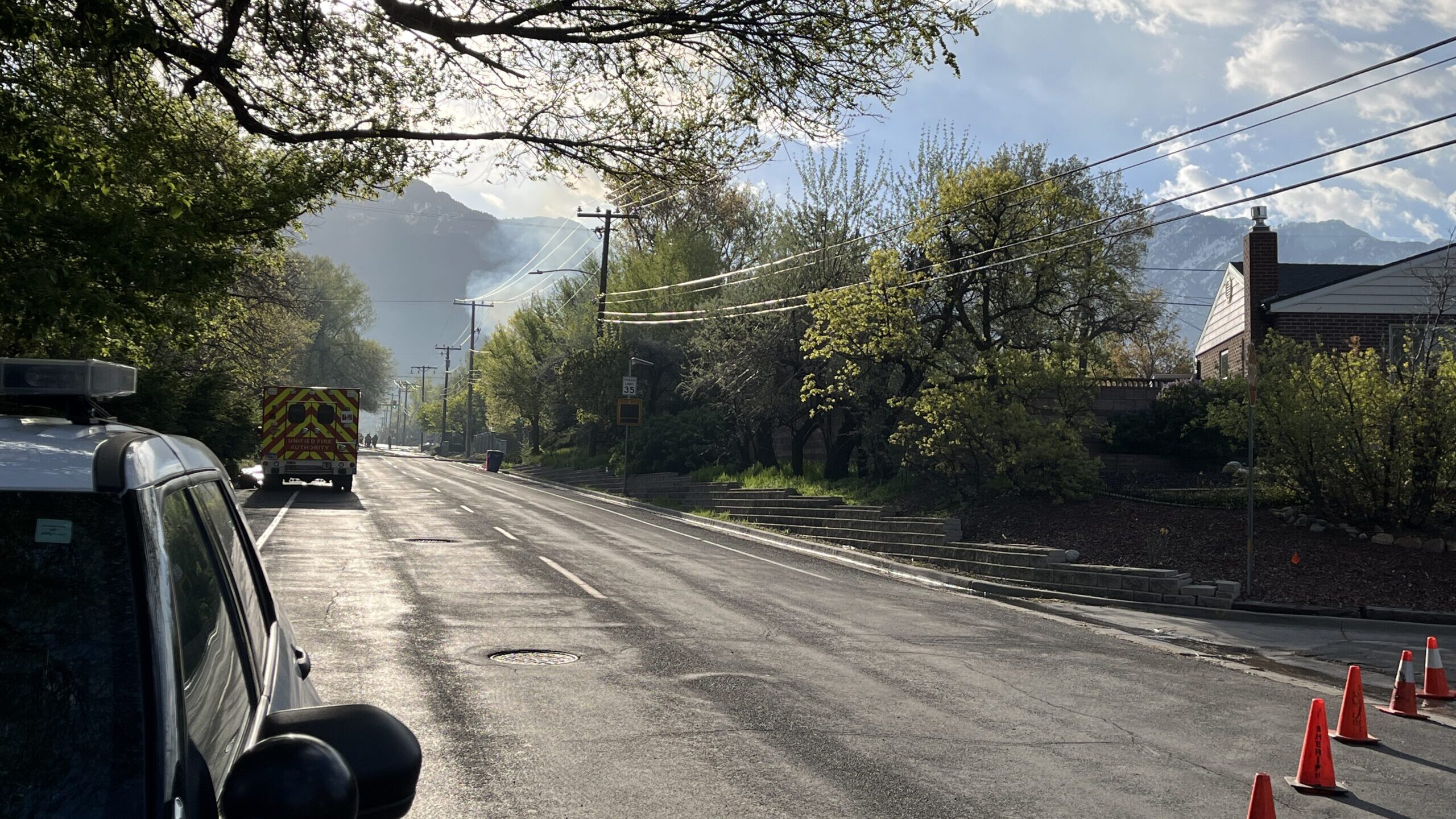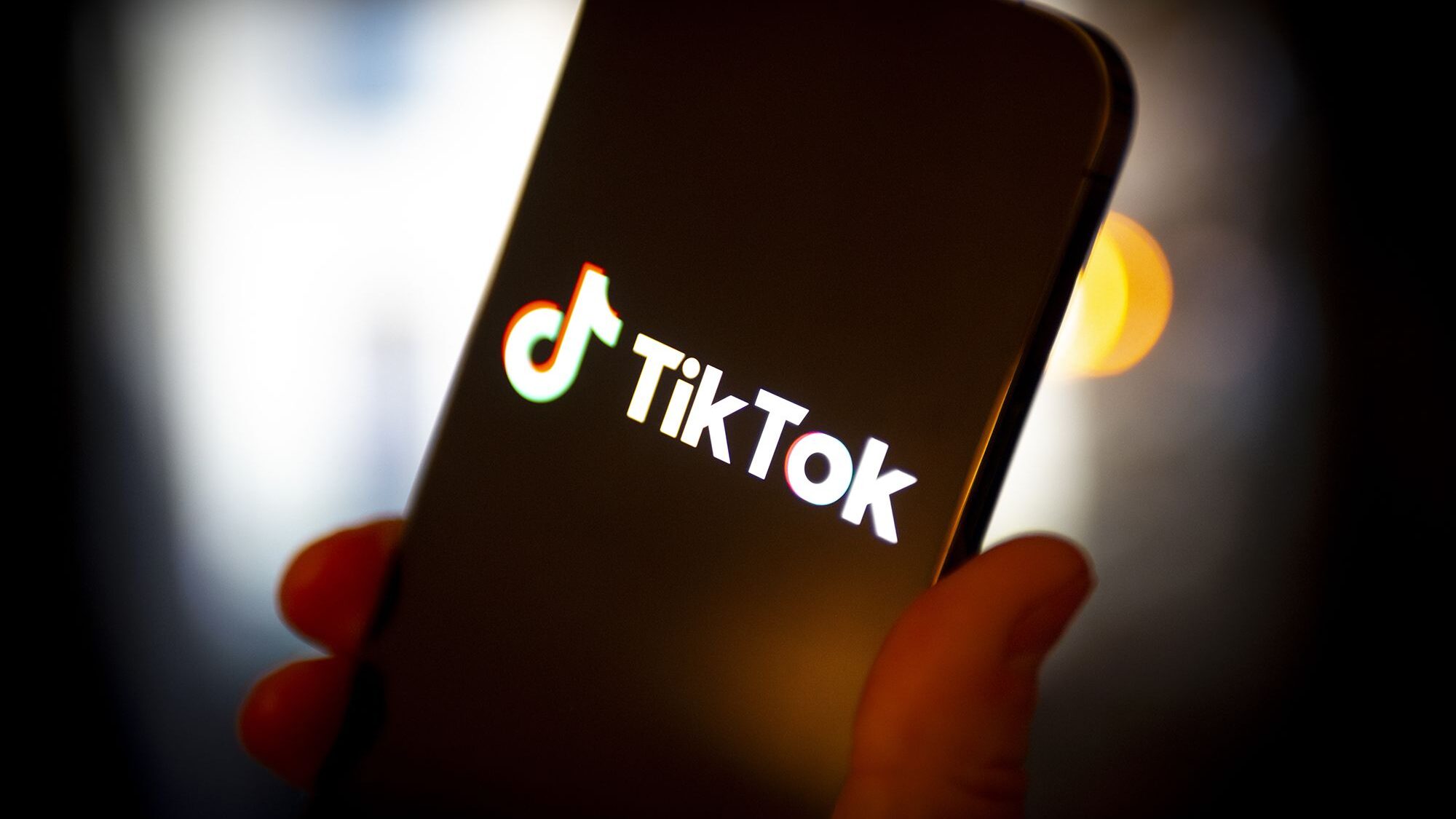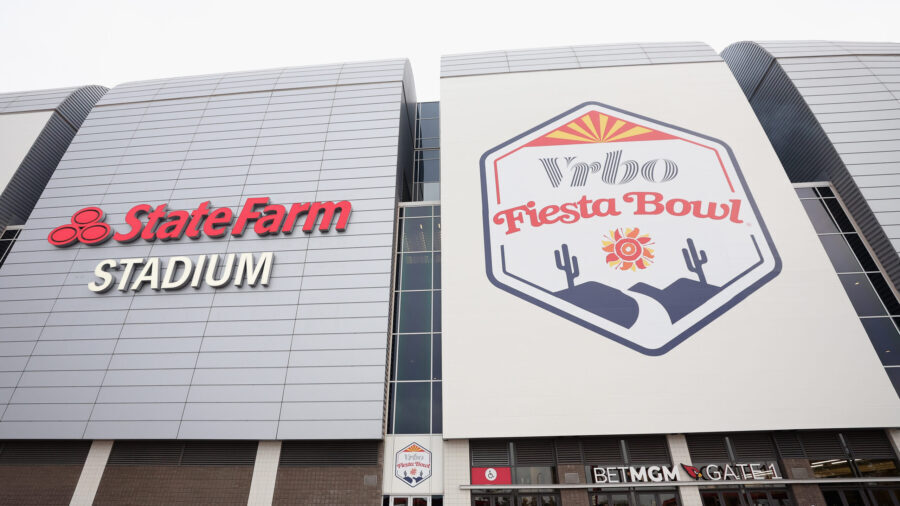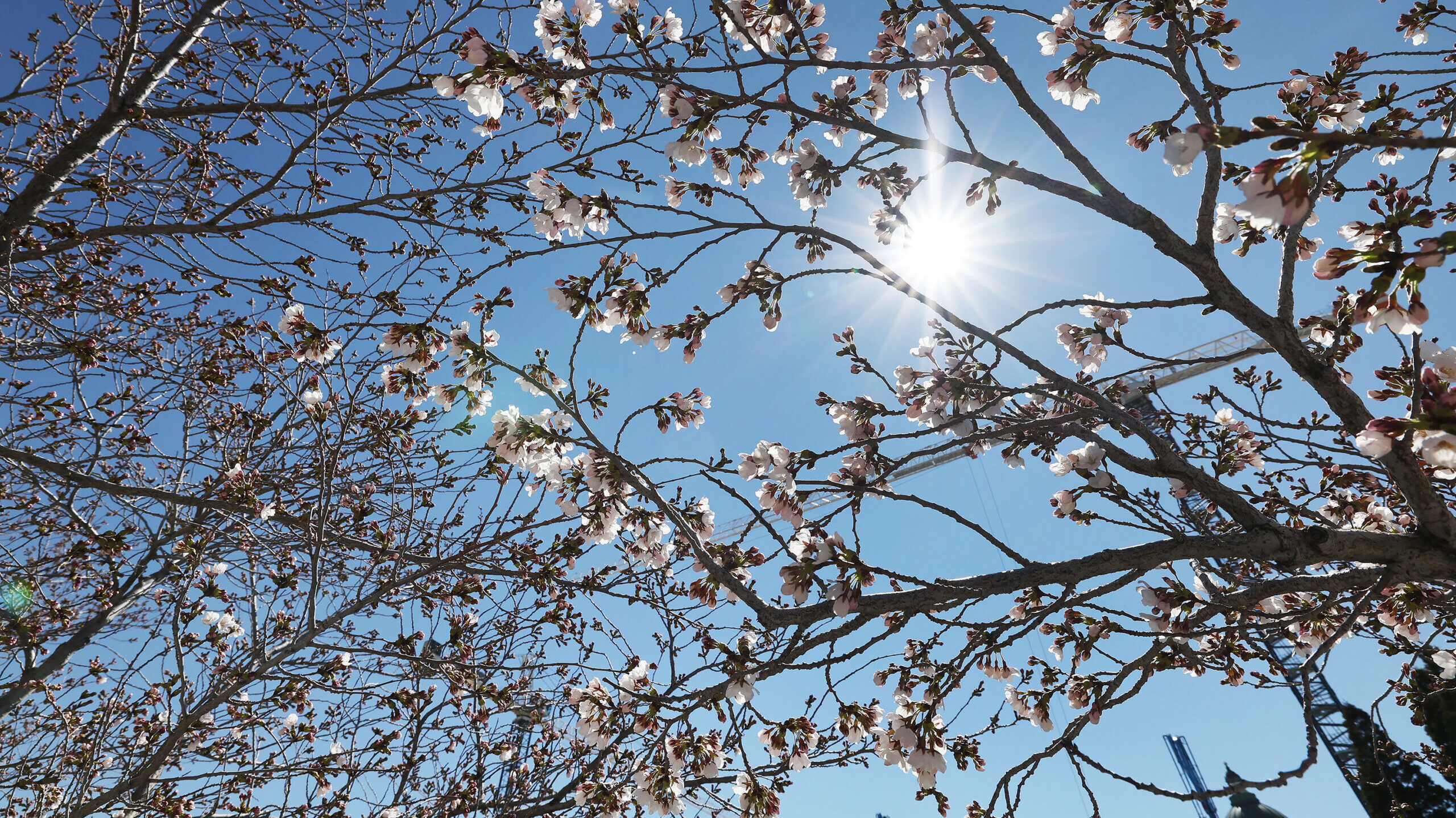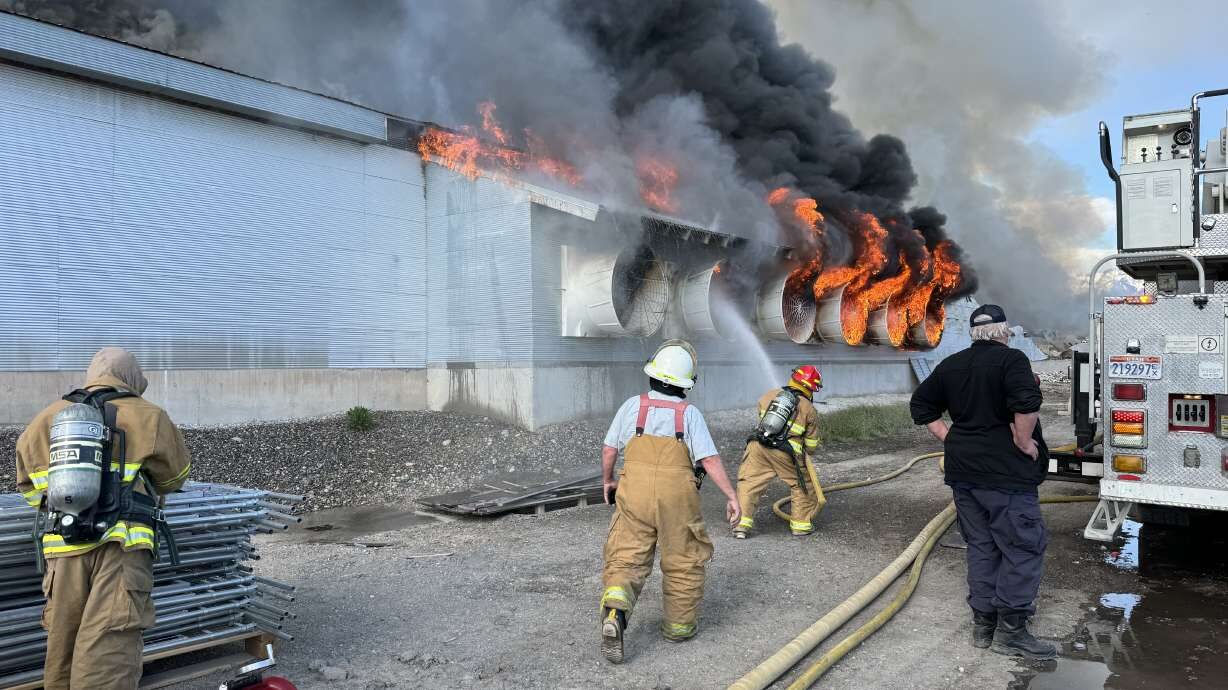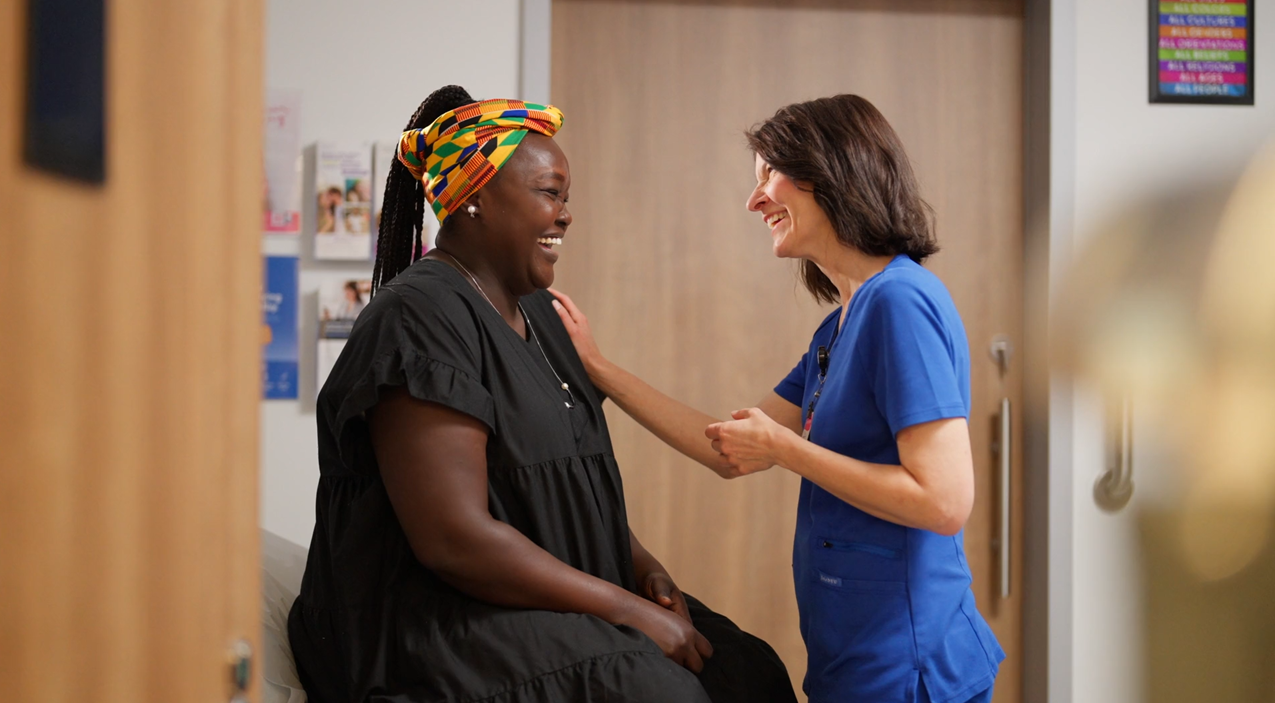First Presidency gives update on historic temple renovations, changes to Salt Lake Temple
Mar 12, 2021, 10:55 AM | Updated: 11:18 am
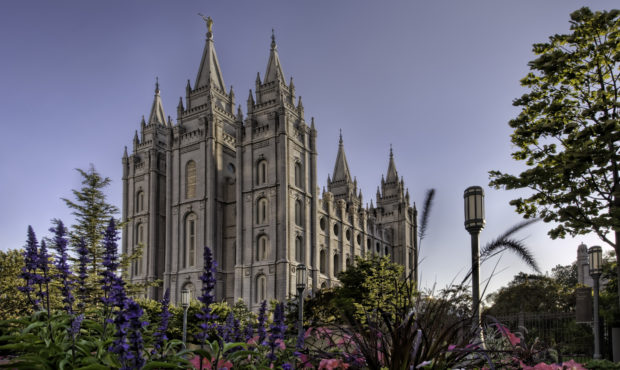
(Photo courtesy of Church Newsroom)
(Photo courtesy of Church Newsroom)
SALT LAKE CITY — The First Presidency of The Church of Jesus Christ released an update on the renovations of a number of historic temples, and changes to the Salt Lake Temple.
Church leaders announced plans to renovate and update a number of historic temples in April 2019. At the time, they said the Salt Lake Temple, completed in 1893, would close that December for renovation. They expected the upgrades to the structure and grounds to take place over the next 4 years.
Later that year, the church also announced that the St. George, and Manti temples, built in 1877 and 1888 respectively, would also undergo similar restoration.
Changes to the Salt Lake Temple Renovation and end to live endowment
On Friday the church’s First Presidency announced modifications to several aspects of the renovation of the Salt Lake Temple.
“As this project has progressed, we have felt the Lord’s hand guiding us in modifying several aspects of the renovation,” they wrote.
As part of those modifications, they announced a number of updates to the temple’s interior. The end result they say will mean more patrons may participate and worship there.
The revised plans include the addition of two more instruction rooms; they also include additional sealing ordinance rooms and a second baptistry. These changes will also remove the cafeteria to make room for the increased facilities.
As part of this change, the First Presidency explained that there would also no longer be a progressive room-to-room presentation of the endowment, a temple ceremony depicting the Creation, Fall and Atonement of Jesus Christ, by live actors.
“When the temple reopens, this will transition to single-room presentations by film, available in more than 80 languages (previously presented only in English). This decision will also make it possible to hold more sessions each day. And finally, we hope it will help more members feel confident to serve as ordinance workers without the requirement for lengthy memorization.”
128 year old Salt Lake Temple time capsule opened
According to the Deseret News, beginning in the 1840s, the endowment ceremony was performed by volunteer ordinance workers. The presentation depicted the Plan of Salvation as temple patrons moved through four stages starting in the Creation room and moved through a room depicting the Garden of Eden. From there they would move to another room representing the post-fall world, the Terrestrial Room and, finally, to the Celestial Room.
The church said in pioneer times, the endowment ceremonies would last the better part of a day.
The Deseret News reported in 1953, then church President David O. McKay commissioned Gordon B. Hinckley, to adapt the endowment for the church’s first temple outside the US in Bern Switzerland so it could operate and provide the ceremony in multiple languages.
The endowment was then transferred to 16mm film. At the time, all eight of the church’s temples had volunteers depict the ceremony.
Later, after the construction of the church’s 10th temple in Los Angeles, all newly constructed temples were outfitted for film presentations.
The only two temples that continued the use of live actors were the Salt Lake and Manti temple. Church leaders initially said the temples would reopen with both live presentations and filmed ones. With the announcement Friday, the church said both temples would move to film.
Murals moved and repainted
The First Presidency also announced fresco murals within the temple must move or receive fresh paint because of those updates.
“It was impossible to know whether the murals could be preserved during such a move. They were originally painted directly on lath and plaster walls, which had been repaired and repainted many times because of water damage and other deterioration. Further, the change to a film presentation meant that the rooms would be reconfigured. For all these reasons, the murals were carefully photographed and documented before removal, and some of the original portions are being preserved in the Church’s archives. Many other historic features of the building have also been photographed, documented, replicated and in some cases, architecturally salvaged.”
They said this change will allow for double the number of patrons, with sessions running every 20-30 minutes.
The church has provided a Q&A about their decisions on the Church Newsroom website.


